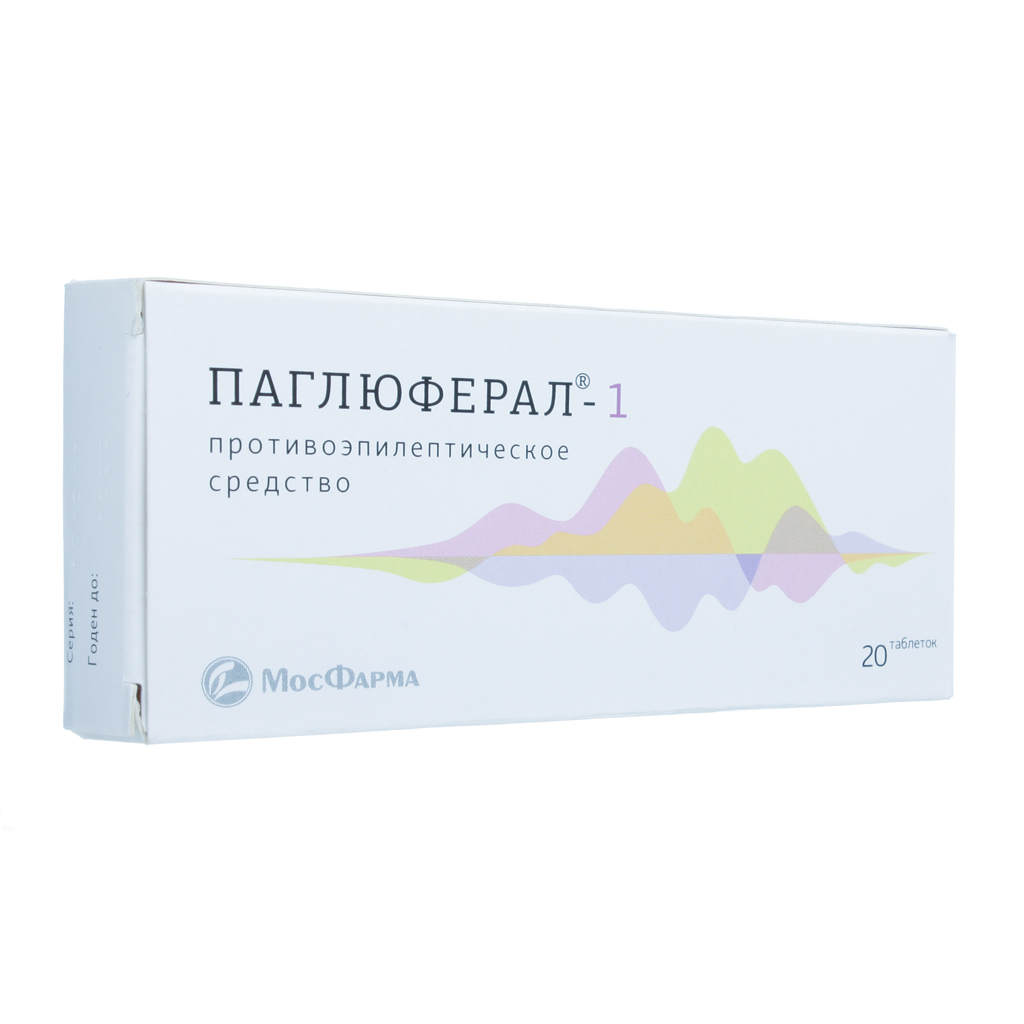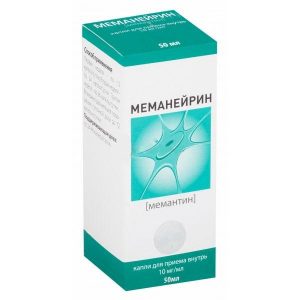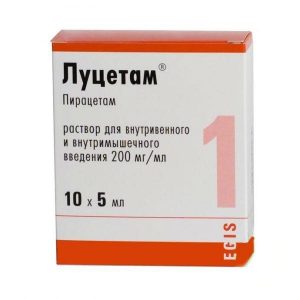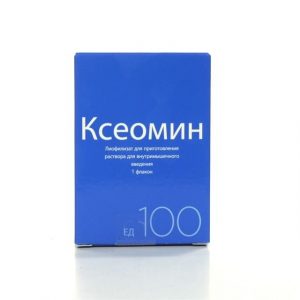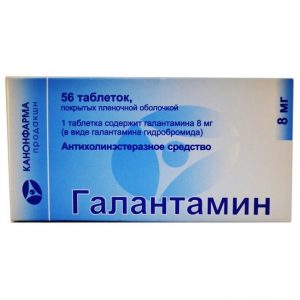Description
Pharmacological action
Combined antiepileptic drug.
Phenobarbital interacts with barbiturates in the benzodiazepine-GABA receptor complex, thereby increasing the sensitivity of GABA receptors to GABA, leading to the opening of neuronal channels for chlorine ions, which leads to an increase in their entry into the cell. Reduces the excitability of neurons of the epileptogenic focus and the spread of nerve impulses.
Antagonizes a number of exciting mediators (glutamate and others). It suppresses the sensory zones of the cerebral cortex, reduces motor activity, and inhibits cerebral functions, including respiratory center.
Reduces the tone of the smooth muscles of the digestive tract. It has anticonvulsant, sedative, hypnotic and antispasmodic effects.
Caffeine increases the reflex excitability of the spinal cord, stimulates the respiratory and vasomotor centers, stimulates metabolic processes in organs and tissues, including in muscle tissue and the central nervous system.
Papaverine hydrochloride is an antispasmodic, has a hypotensive effect. Reduces tone and relaxes the smooth muscles of internal organs and blood vessels.
Calcium gluconate compensates for the deficiency of calcium ions necessary for the transmission of nerve impulses.
Bromized has a sedative and moderate hypnotic effect.
Indications
Epilepsy.
Contraindications
Severe hepatic and / or renal failure
drug dependence (including history of)
hyperkinesis
myasthenia
severe anemia
porphyria
diabetes mellitus
adrenal gland hyperfunction
hyperthyroidism
depression
bronchial obstructive disease srdlkrd lactivity srdlkrd pregnancy srdlkrd pregnancy
This dosage form is not used in children under 3 years of age.
Caution is advised to use the drug in debilitated patients (high risk of paradoxical agitation, depression, and confusion, even when given in normal doses).
Special instructions
Patients with a slight hypercalciuria, decreased glomerular filtration or with a history of nephrolithiasis should be administered under the control of calcium in the urine, due to the presence of calcium gluconate in the formulation.
Alcohol is not recommended during therapy.
Influence on the ability to drive vehicles and control mechanisms
During treatment, you should refrain from performing work that requires the speed of psychomotor reactions (including driving).
Composition of
Tablets – 1 tablet:
Active ingredients: phenobarbital 25 mg,
brominated 100 mg,
caffeine sodium benzoate 7.5 mg,
papaverine hydrochloride 15 mg,
calcium gluconate 250 mg.
Excipients: potato starch,
calcium stearate.
Dosage and administration
Paglüferal ®-1 is prescribed for children aged 3-4 years – 1 tab. 2 times / day
for children aged 5-6 years – 1.5 tab. 2 times / day
for children aged 7-9 years – 2 tablets. 2 times / day
for children aged 10-14 years – 3 tab. 2 times / day
for children from 14 years old and adults – 4 tab. 2 times / day
Side effects of the
From the nervous system: dizziness, general weakness, ataxia, dysarthria, nystagmus, paradoxical reaction (especially in the elderly and debilitated patients – agitation), hallucinations, sleep disturbances.
From the digestive system: nausea, vomiting, constipation or diarrhea, increased activity of hepatic transaminases.
From the hematopoietic system: agranulocytosis, megaloblastic anemia, thrombocytopenia.
From the cardiovascular system: decrease or increase in blood pressure, tachycardia, arrhythmia (including extrasystole), AV block.
Other: allergic reactions, with prolonged use – drug dependence.
Overdose
Symptoms: increased severity of side effects.
Treatment: gastric lavage, intake of activated carbon, symptomatic therapy.
Storage conditions
List B. The drug should be stored in a dry,
protected from light and out of the reach of children at a temperature of no higher than 25 ° C.
Expiration
2 years
dosage form
tablets
Moscow Pharmaceutical Factory CJSC, Russia
